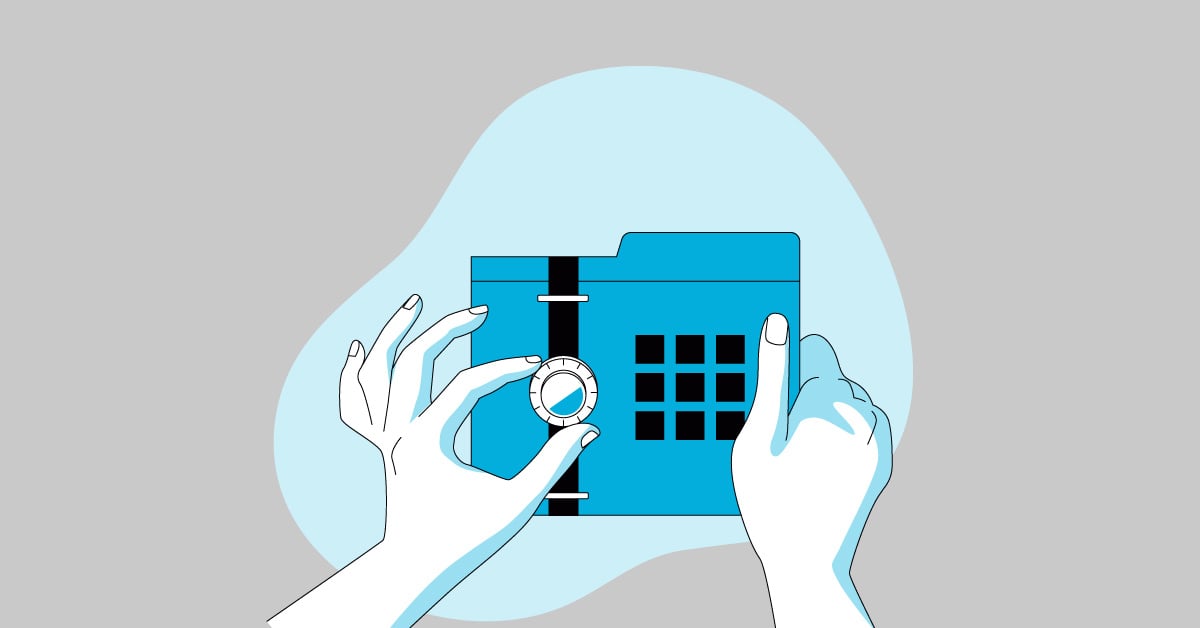Testing is an important process in software development. It helps identify defects and errors in the system and improves the quality of the product. There are different types of testing, but one of the most important is test design.
Test design is a critical part of the software development process. It helps ensure that the software system meets the requirements of the end-users and is free from defects.
According to Global Marketing Insights, with a market value of over $40 billion in 2020, it’s crucial for companies to release their product with the fewest possible errors.
There is so much to know about test case design, from its meaning to the purpose to the best techniques and more, and we’ll go deep into the details in this complete guide.
What is Test Design?
Software test design is the process of creating a plan or strategy to test an entire software application, including all of its features and functions. Test design aims to identify software defects early in the development cycle before the product is released to users.
A team of testers is responsible for designing all aspects of a test, including:
- Determining what data will be used in the test case design
- Reporting all the software aspects in either diagram, table, or else
- Predicting all potential errors and mistakes based on previous versions and the team’s knowledge
Test design is a critical part of every software launch, and it plays as a guarantee that fewer bugs and errors are encountered.
What is a Test Plan?
A software test plan is a document that contains all the information necessary to plan and execute a software testing project. The test plan should define the scope of the testing effort, identify the risks and assumptions associated with the project, and describe the approach that will be taken to mitigate those risks.
Difference Between Test Case Design and Test Plan
The main difference between test design and test plan is that test design focuses on how to test the software while test plan focuses on what to test when to test, who will do the testing, and what resources are required.
Both test case design and test plan are essential for software testing. Test design helps create effective test cases, while test plan helps organize and plan the testing process.

What is the Purpose of Test Case Design?
The purpose of test design calls for creating a plan for how a test, or series of tests, will be conducted. Test design aims to ensure that the testing process is efficient and effective and identify all the bugs, errors, and future mistakes in the software.
According to The QA Lead, the most common test documentation are bugs, with 79% of users using this type of report. Needless to say, this is an important piece of information that testers should take into consideration for both the company and the end-user.
A well-designed test plan will take into account the specific goals of the test, the resources available, and the skills and knowledge of the testers. The test design process should also consider the potential risks and impacts of the test on users, systems, and data.
By taking all of these factors into account, test designers can create a plan that will optimize the chances of success for the project.
When to Create a Test Design?
When it comes to creating a test design, timing is everything. If you wait until the last minute, you run the risk of making errors that could impact your testing results. On the other hand, if you start too early, you may find yourself making changes that could invalidate your results.
The key is to strike a balance between these two extremes. Ideally, you should begin working on your test case design once the testing conditions are determined and you have enough information to create the test plan.
This will give you plenty of time to make necessary adjustments and ensure that your test case design is robust and reliable.
How to Write a Great Test Plan
A test plan is an essential part of any software development project. It helps define the scope of the testing process, identify which areas need to be tested, and establish the criteria for success. You need to keep a few key things in mind to write an excellent test plan.
First, you need to have a clear understanding of the software requirements. What exactly does the software need to do? What are the user stories that need to be tested? Once you have a good understanding of the requirements, you can start formulating your test cases.
A test case design is a specific set of steps that will exercise a particular functionality within the software. Each test case should have a clear expected result so that you can determine whether or not the software is functioning as intended.
Finally, it is critical to establish exit criteria for your testing process. This will help you determine when the software is ready for release. By following these simple tips, you can write a great test plan that will help ensure the success of your project.
Best Test Design Techniques
There are a variety of test case design techniques that can be used to create an effective test plan. The best technique for your project will depend on the specific goals and objectives of the test. That being said, some of the most popular test design techniques include the ones below.
Boundary Value Analysis
Boundary value analysis can identify errors at the boundary of an input domain between partitions. It involves testing the software with values just inside and just outside the expected range. This can help uncover errors that may not be apparent when testing with values within the expected range.
It’s generally observed that most mistakes occur at the limits of the defined input values rather than in the middle. BVA is another name for it and includes a selection of test cases to test bounding values.
This test case design approach complements equivalence partitioning because it is built on the idea that if a system performs well for these particular values, it will perform equally for all values falling between the two boundary values.
State Transition Testing
State transition testing is a technique that is used to test the behavior of the software as it transitions from one state to another. This can be an effective way to uncover errors in the software that only occur when certain conditions are met.
By entering various input conditions in sequence, the tester may execute this operation. In addition, the testing group provides positive and negative input test values to evaluate the system’s performance in state transition testing.
Pairwise Testing
Pairwise testing is a technique that is used to test all possible combinations of input values. This can be an effective way to increase the coverage of your test cases without having to create a large number of individual test cases.
If we have a program to be tested with 10 input fields and 10 different settings for each, there are 10^10 possible inputs to test. So even if we want to test all possibilities, exhaustive testing is out of the question.
Error Guessing
Error guessing is a technique that relies on the experience and intuition of the tester to identify potential errors in the software. This can be an effective way to uncover errors that may not be apparent from the requirements or test cases.
Because this technique relies heavily on the experience of the testing team, they must be skilled and experienced for better error guessing.
Conclusion
Test case design aims to identify all possible inputs and outputs for a software system and the steps needed to generate those inputs and verify the outputs.
Many techniques can be used in test case design, but some of the most common include boundary value analysis, equivalence class partitioning, and state transition diagrams.
Using these test case design techniques, you can create comprehensive and practical test cases to help you find defects in your software system and release bug-free products to elevate your business.





%20(1).png?width=150&height=69&name=MuukTest-logo---light-background%20(3)%20(1).png)
